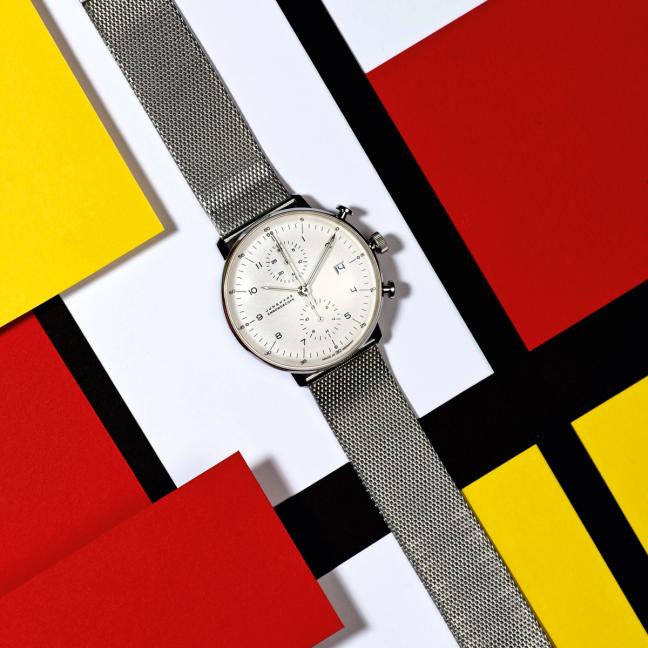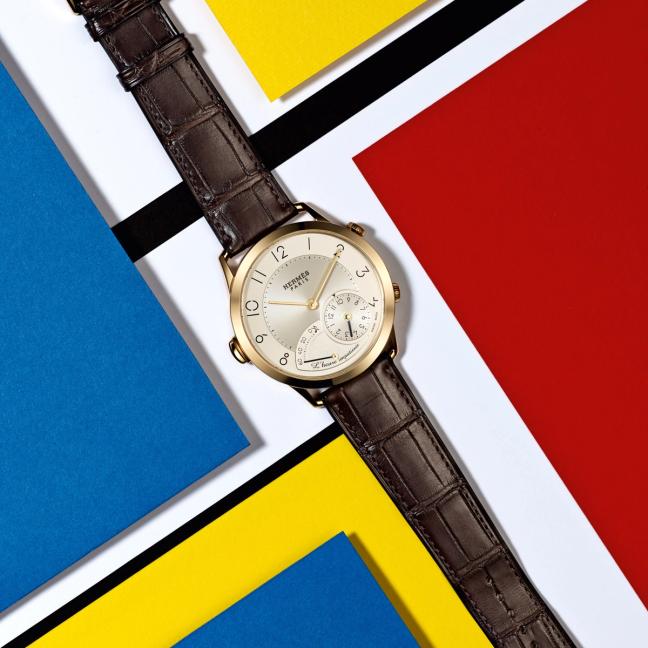Established in 1919 by architect Walter Gropius at the end of World War I, the unorthodox German art school closed its doors for good a mere 14 years later in 1933. During that time, it called three different cities its home, was led by three directors with very different visions, and produced a litany of teachers and students who went on to have a profound influence upon subsequent developments in art, architecture, graphic design, industrial design, and typography.
At the core of the Bauhaus ideology was the notion of unity in design. Gropius firmly believed that it was possible to mass produce products that served the needs of the people, while still retaining individual freedom of creative artistic expression. At the time, the concept of mass production was still relatively new, although rapidly growing in popularity. The emphasis was on functionality through simplified, geometric forms, which would allow new designs to be reproduced with ease.
Many of these characteristics have found their way into the world of mechanical watches, where practical functionality is considered just as important as aesthetic beauty.

The Max Bill Chronoscope was designed by an actual Bauhaus student of Walter Gropius. In his lifetime, Max Bill excelled as a painter, sculptor, graphic artist, architect and highly-talented product designer. He would also go on to be one of the founders of the Ulm School of Design, based in Ulm, Germany. It was there, along with some of his students, that he developed the first designer kitchen clock for Junghans, sowing the seeds for a highly-successful collaboration.
Beginning in 1961, Max Bill began designing purist wristwatches for Junghans, among them the 40mm, steel Chronoscope. Admired for its minimalist, almost industrial design, the Chronoscope is testament to Bill’s mastery of proportions.
Effortlessly simple, the design has remained largely unchanged for nearly 60 years – it is just as timeless now as it was back then. Promoting the “less is more” ethos championed by the Bauhaus, the dial is comprised largely of lines of varying lengths, with a few subtle touches such as the luminous dots at 3, 6, 9 and 12 o’clock. Somehow it all comes together to create a product that is both legible and highly attractive.

Nomos is perhaps the ultimate, modern-day watchmaking poster child of the Bauhaus movement. For a start, the brand is German and not shy about trumpeting its focus on utilitarianism: superfluous details have no place on a Nomos watch. At the same time, the brand is not afraid to embrace its quirky side, as shown by the introduction of the Ahoi Aqua series.
Presented in a 36mm case, the Ahoi neomatik is the Nomos version of a classic dive watch, with a modern twist. Embracing the company’s guiding principle of form follows function, everything you see serves a purpose and yet has all been beautifully integrated into the overall design. An elegant guard protects the screwed-down crown to ensure it can’t be knocked loose while the watch is underwater.
The case-back, complete with sapphire crystal showing the in-house Nomos caliber DUW 3001 at work, is fixed in place with six screws, ensuring water resistance up to 200m. The dial displays the classic Nomos typography, making it not only highly legible but also instantly recognisable. Best of all it comes in several different versions, including models with blue and red dials.

In the fashion world, Hermès has always been known for its understated but elegant designs. It has carried this same philosophy over to its wristwatches. Not many fashion brands have successfully made the transition into high-end luxury watches, but Hermès has excelled, thanks in large part to its focus on creating functional watches that make a statement.
Showing its mastery of typography, the new Hermès Slim d’Hermès L’Heure Impatiente immediately grabs your attention with its font, which permeates throughout the design. Not only is it attractive and distinctive, it is also incredibly easy to read. Form is nothing without functionality, however, and it is here that Hermès demonstrates its mastery by introducing a new complication: a special alarm for an upcoming event.
A counter set in the sub-dial at 4 o’clock allows the wearer to set a reminder for any time in the next 12 hours. One hour before the designated time, a 60-minute countdown starts (the impatient hour). When it gets to zero, a single chime sounds to notify you that the special moment has arrived. Highly functional, effortlessly chic, totally Bauhaus.

Including any watch from Patek Philippe in this line-up may seem like an unfortunate faux pas, as the brand is not typically associated with the mass production of anything. An exception must be made, however, for the Calatrava Ref. 5227J. There are no superfluous details here, no unnecessary flourishes, and yet this is a watch guaranteed to draw attention.
Presented in a perfectly-sized, 39mm case crafted from 18-carat yellow gold, it features a concave bezel, gently-curved lugs, and a silhouette measuring just 9.24mm thick. Of note is the dust cover on the back with an invisible hinge, which opens to a sapphire crystal case-back, revealing the inner workings of the automatic Caliber 324 S C. The dial exemplifies the Bauhaus ethos of form follows function.
It has a cream-coloured lacquer surface, applied trapezoidal markers in gold stand for the hours, while dainty golden dots form the minute circle. Two pointed and faceted Dauphine hands in gold for the hours and minutes as well as a slender, counterbalanced second hand complete this simple yet elegant look. It is not by chance that this design has remained largely unchanged for decades.

Become a Gentleman’s Journal Member?
Like the Gentleman’s Journal? Why not join the Clubhouse, a special kind of private club where members receive offers and experiences from hand-picked, premium brands. You will also receive invites to exclusive events, the quarterly print magazine delivered directly to your door and your own membership card.


